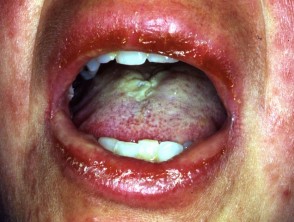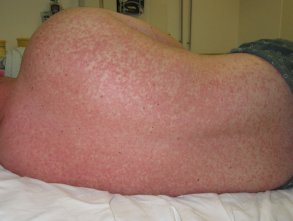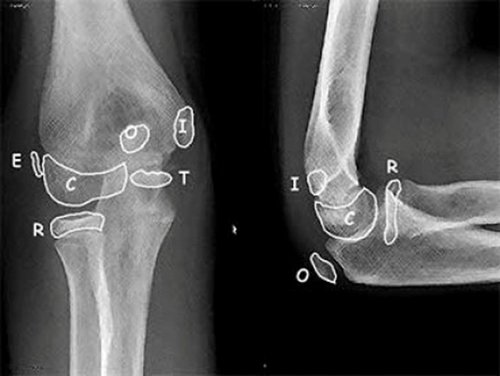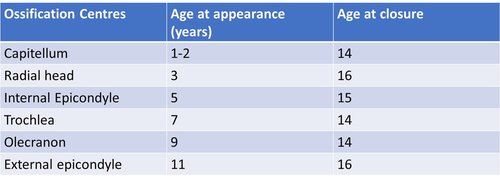Here's a selection of the classification as discussed in the podcast:
1.1 Migraine without aura
Description:
Recurrent headache disorder manifesting in attacks lasting 4-72 hours. Typical characteristics of the headache are unilateral location, pulsating quality, moderate or severe intensity, aggravation by routine physical activity and association with nausea and/or photophobia and phonophobia.
Diagnostic criteria:
A. At least five attacks fulfilling criteria B-D
B. Headache attacks lasting 4-72 hr (untreated or unsuccessfully treated)2;3
C. Headache has at least two of the following four characteristics:
- 1. unilateral location
2. pulsating quality
3. moderate or severe pain intensity
4. aggravation by or causing avoidance of routine physical activity (eg, walking or climbing stairs)
D. During headache at least one of the following:
- 1. nausea and/or vomiting
2. photophobia and phonophobia
E. Not better accounted for by another ICHD-3 diagnosis.
1.2 Migraine with aura
Description:
Recurrent attacks, lasting minutes, of unilateral fully-reversible visual, sensory or other central nervous system symptoms that usually develop gradually and are usually followed by headache and associated migraine symptoms.
Diagnostic criteria:
A. At least two attacks fulfilling criteria B and C
B. One or more of the following fully reversible aura symptoms:
- 1. visual
2. sensory
3. speech and/or language
4. motor
5. brainstem
6. retinal
C. At least two of the following four characteristics:
- 1. at least one aura symptom spreads gradually over ≥5 min, and/or two or more symptoms occur in succession
2. each individual aura symptom lasts 5-60 min1
3. at least one aura symptom is unilateral2
4. the aura is accompanied, or followed within 60 min, by headache
D. Not better accounted for by another ICHD-3 diagnosis, and transient ischaemic attack has been excluded.
1.3 Chronic migraine
Diagnostic criteria:
A. Headache (tension-type-like and/or migraine-like) on ≥15 days per month for >3 months2 and fulfilling criteria B and C
B. Occurring in a patient who has had at least five attacks fulfilling criteria B-D for 1.1 Migraine without aura and/or criteria B and C for 1.2 Migraine with aura
C. On ≥8 days per month for >3 months, fulfilling any of the following3:
- 1. criteria C and D for 1.1 Migraine without aura
2. criteria B and C for 1.2 Migraine with aura
3. believed by the patient to be migraine at onset and relieved by a triptan or ergot derivative
D. Not better accounted for by another ICHD-3 diagnosis.
1.5 Probable migraine
Description:
Migraine-like attacks missing one of the features required to fulfil all criteria for a subtype of migraine coded above, and not fulfilling criteria for another headache disorder.
Diagnostic criteria:
A. Attacks fulfilling all but one of criteria A-D for 1.1 Migraine without aura, or all but one of criteria A-C for 1.2 Migraine with aura
B. Not fulfilling ICHD-3 criteria for any other headache disorder
C. Not better accounted for by another ICHD-3 diagnosis.
2.2 Frequent episodic tension-type headache
Description:
Frequent episodes of headache, typically bilateral, pressing or tightening in quality and of mild to moderate intensity, lasting minutes to days. The pain does not worsen with routine physical activity and is not associated with nausea, but photophobia or phonophobia may be present.
Diagnostic criteria:
A. At least 10 episodes of headache occurring on 1-14 days per month on average for >3 months (≥12 and <180 days per year) and fulfilling criteria B-D
B. Lasting from 30 min to 7 days
C. At least two of the following four characteristics:
- 1. bilateral location
2. pressing or tightening (non-pulsating) quality
3. mild or moderate intensity
4. not aggravated by routine physical activity such as walking or climbing stairs
D. Both of the following:
- 1. no nausea or vomiting
2. no more than one of photophobia or phonophobia
E. Not better accounted for by another ICHD-3 diagnosis.
2.3 Chronic tension-type headache
Description:
A disorder evolving from frequent episodic tension-type headache, with daily or very frequent episodes of headache, typically bilateral, pressing or tightening in quality and of mild to moderate intensity, lasting hours to days, or unremitting. The pain does not worsen with routine physical activity, but may be associated with mild nausea, photophobia or phonophobia.
Diagnostic criteria:
A. Headache occurring on ≥15 days per month on average for >3 months (≥180 days per year), fulfilling criteria B-D
B. Lasting hours to days, or unremitting
C. At least two of the following four characteristics:
- 1. bilateral location
2. pressing or tightening (non-pulsating) quality
3. mild or moderate intensity
4. not aggravated by routine physical activity such as walking or climbing stairs
D. Both of the following:
- 1. no more than one of photophobia, phonophobia or mild nausea
2. neither moderate or severe nausea nor vomiting
E. Not better accounted for by another ICHD-3 diagnosis.
3.1 Cluster headache
Description:
Attacks of severe, strictly unilateral pain which is orbital, supraorbital, temporal or in any combination of these sites, lasting 15-180 minutes and occurring from once every other day to eight times a day. The pain is associated with ipsilateral conjunctival injection, lacrimation, nasal congestion, rhinorrhoea, forehead and facial sweating, miosis, ptosis and/or eyelid oedema, and/or with restlessness or agitation.
Diagnostic criteria:
A. At least five attacks fulfilling criteria B-D
B. Severe or very severe unilateral orbital, supraorbital and/or temporal pain lasting 15-180 min (when untreated)1
C. Either or both of the following:
D. Attacks have a frequency between one every other day and 8 per day for more than half of the time when the disorder is active
E. Not better accounted for by another ICHD-3 diagnosis.
Remember to also check out the Take Aurally Head Smart podcast on Paediatric Brain Tumours as well.


























